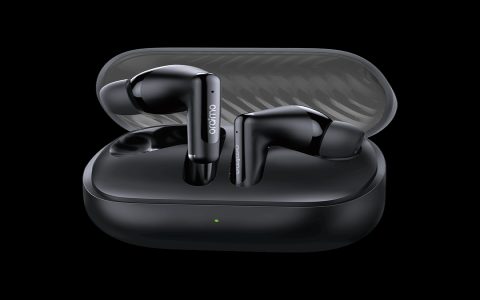Common Causes of Dash Gauge Failure
Non-working dash gauges (e.g., speedometer, fuel gauge, tachometer) typically stem from electrical or component failures. Key causes include:
- Blown Fuses: Overloaded circuits disrupt power to the instrument cluster.
- Faulty Sensors: Malfunctioning speed, fuel-level, or temperature sensors send incorrect/no data.
- Wiring Issues: Damaged wires, corroded connectors, or poor grounding interrupt signals.
- Instrument Cluster Failure: Internal circuit board damage or screen defects.
- Voltage Irregularities: Weak battery, alternator problems, or power surges.
Affordable Repair Solutions & Cost Estimates
Costs vary by cause and repair approach. Prioritize low-cost diagnostics first:
Tier 1: Low-Cost Fixes ($5-$50)
- Fuse Replacement: Locate the fuse box (refer to owner’s manual), check/replace blown fuses ($5-$20).
- Sensor Reset: Disconnect the battery for 15 minutes to reset sensors (No cost).
Tier 2: Mid-Range Repairs ($50-$300)
- Sensor Replacement: DIY fuel-level or coolant temp sensor swap ($50-$150 per sensor + labor).
- Connector Repair: Clean/re-seat corroded wiring harness plugs behind the cluster ($20-$100).
- Voltage Check: Test battery/alternator output; replace if voltage is unstable ($150-$300).
Tier 3: Complex Repairs ($300-$900+)
- Instrument Cluster Repair: Fix circuit boards or replace stepper motors ($300-$500).
- Cluster Replacement: Used/remanufactured units compatible with your model ($400-$800). Programming may add cost.
- Professional Diagnostics: Dealership/mechanic assessment using OBD scanners ($100-$150).
Action Steps to Minimize Costs
- Diagnose Basic Issues: Check fuses, battery terminals, and visible wiring before seeking professional help.
- Verify Sensor Function: Use a multimeter to test sensor output (e.g., resistance/voltage). Replace only if readings deviate from specs.
- Consult Repair Manuals: Reference vehicle-specific guides for wiring diagrams and diagnostic codes.
- Prioritize Rebuilds: Opt for repaired/remanufactured clusters instead of new OEM units.
- Warranty Check: Newer cars (under 5 years) may have instrument cluster coverage.
Early diagnosis prevents cascading failures. Start with Tier 1 solutions—90% of "dead gauges" result from fuses or sensor disconnects. For persistent issues, professional diagnostics avoid unnecessary part replacements.








